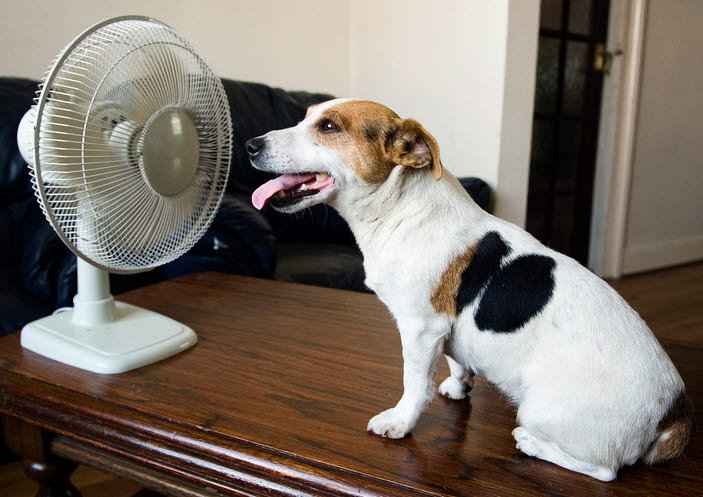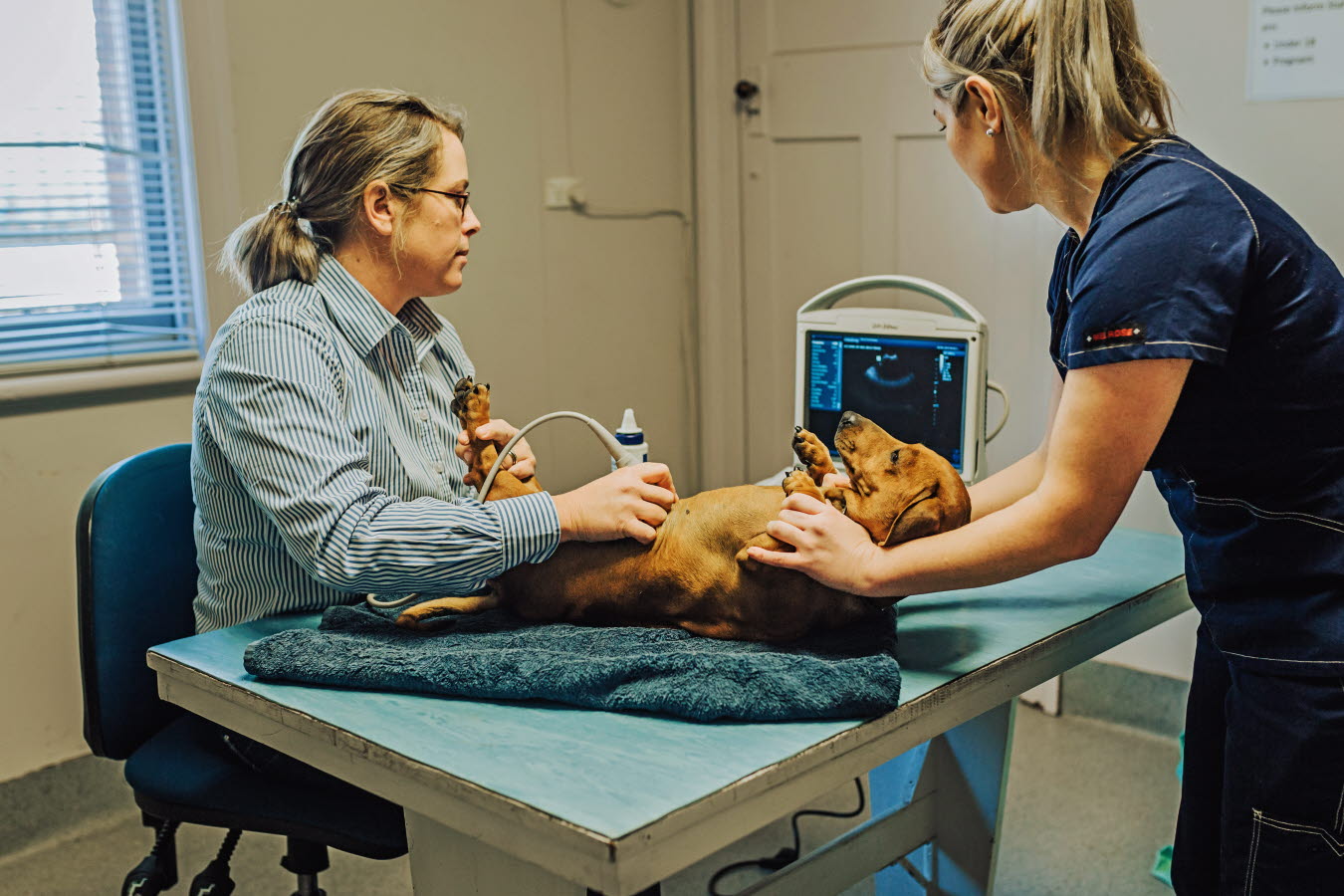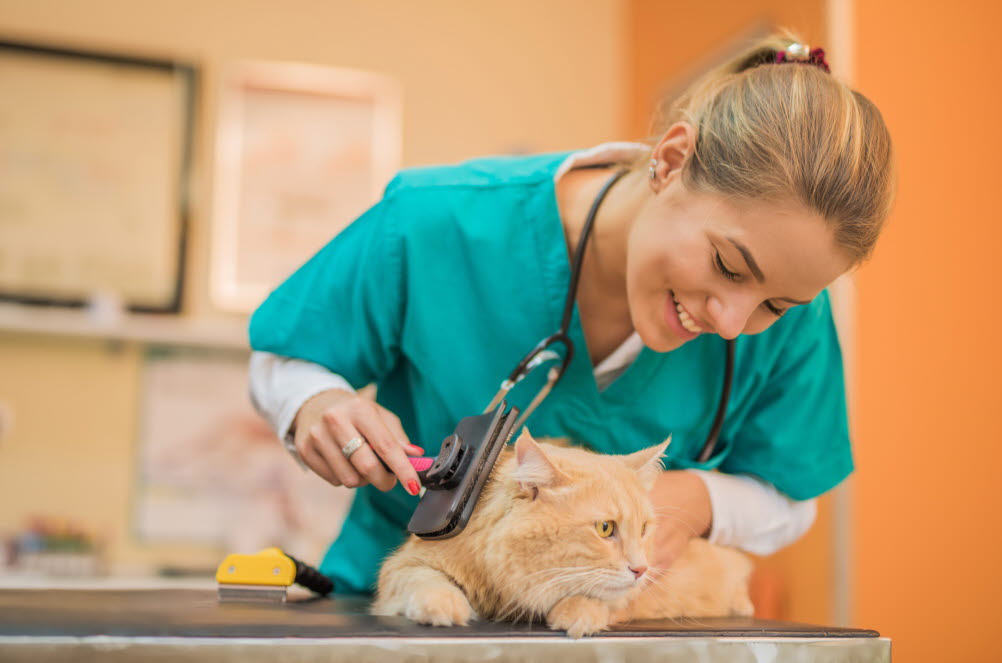Antibiotic resistance and the emergence of 'superbugs' is a global problem. Veterinarians and human health experts are working together in Australia to tackle the issue.
The Australian Veterinary Association (AVA) has been actively involved in fighting the emergence of antimicrobial resistance for more than 30 years with the development of guidelines, codes of practice and policies on appropriate use of these drugs.
The benefit of this sustained focus on antimicrobial use is that Australian livestock today have low levels of antibiotic resistance in their bacterial fauna.
In Australia, the appropriate use of antimicrobial agents must be underpinned by a diagnosis by a registered veterinarian, and be supported by specialised knowledge of the clinical situation, the microbiology of implicated infectious agents and the pharmacology of the antimicrobial agents selected for use.
Veterinarians rely on antibiotics to treat animals and prevent suffering in pets, livestock and other animals. It is critical that they are able to retain access to the essential medications they need, and that they prescribe them responsibly. The training and experience of Australian veterinarians enable them to implement the principles of judicious antimicrobial use. Ensuring antimicrobial agents are prescription-only drugs continues to be the best way to deliver both treatment efficacy and the lowest likelihood of harm.
In 2015, the Australian Government released its first-ever national strategy to combat antimicrobial resistance. It includes a number of priorities for action relating to antibiotic use in animals as well as issues relating to veterinary practice such as infection prevention and control.
The AVA is an active participant in the national One Health initiatives to combat antimicrobial resistance and the implementation of the national strategy.
Health care is as important to animals as to people, and antibiotics are part of providing the care animals need. Antibiotics are used to treat diseases in individual animals, as well as to treat groups of animals at risk of disease. Many agriculture industries have changed how they manage animals in order to reduce antibiotic use, but there will always be some risk of infection and we need to be able to use antibiotics if necessary.
We need better surveillance to learn where the biggest risks are to the emergence of antimicrobial resistance. We do know that resistant bugs can transfer to humans through undercooked food. Resistant bugs can also transfer between people and animals through close contact and the transfer can be in either direction.
Other countries have different approaches to antibiotic use in animals than we do in Australia, and these practices can result in larger impacts on human health. We need to work globally to reduce the problem beyond Australia to make sure, for example, that travellers returning to Australia do not bring home antibiotic-resistant bugs.
Here is an outline of some of the AVA activities to help in the fight against antimicrobial resistance.
Increasing AMR awareness
The AVA ensures our members are kept up to date on all issues around antimicrobial resistance (AMR). Policies and resources have been developed to assist our members, and we provide regular updates via news articles and newsletters to our members.
Continuing Professional Development
Many of our conferences and AVA meetings feature educational content around AMR and infection control. At the 2017 AVA National Conference Dr. Mark Schipp, Australia's Chief Veterinary Officer, spoke on strategies to combat antimicrobial resistance, as well as other well-known leaders in the fields of AMR.
Community awareness
The AVA participates in Antibiotic Awareness Week every year and releases stories and news articles to increase understanding about antibiotic use and resistance in animals among animal owners and human health professionals.
Antimicrobial Stewardship
The AVA promotes the use of evidence-based prescribing Guidelines for dogs and cats (AIDAP prescribing guidelines). The AVA is currently working on developing prescribing guidelines for production animals and horses.
The AVA is currently coordinating a pilot trial of an antimicrobial stewardship program with companion animal practices in Canberra.
Surveillance
The AVA has participated in national initiatives and development of the report "Surveillance and Reporting of Antimicrobial Resistance and Antibiotic Usage in Animals and Agriculture in Australia".
The AVA has also been involved in a number of research projects seeking to understand the emergence of resistance in bacteria affecting our companion animal and livestock species.
Infection prevention and control
The AVA has produces a series of resources for veterinarians around personal biosecurity and infection control.
The Australian Cattle Veterinarians as a special interest group of the AVA have developed the BIOCHECK™ Biosecurity plan. This helps farmers discuss major biosecurity risks and develop plans made to manage these appropriate to the individual farm.
Other activities
The AVA is represented on the national Australian Strategic and Technical Advisory Group on AMR (ASTAG) and contributes regularly at one health forums convened between human and animal health professionals, in order to progress the national AMR strategy for Australia.
AMR: The fight continues
AMR: a global health emergency
Fighting antimicrobial resistance
Trending Now

Important steps to dental and oral health in dogs and cats
2 years ago
Be prepared for common summer hazards for pets
2 years ago
Pet Treats - How to Win the Battle of the Bulge
2 years ago


